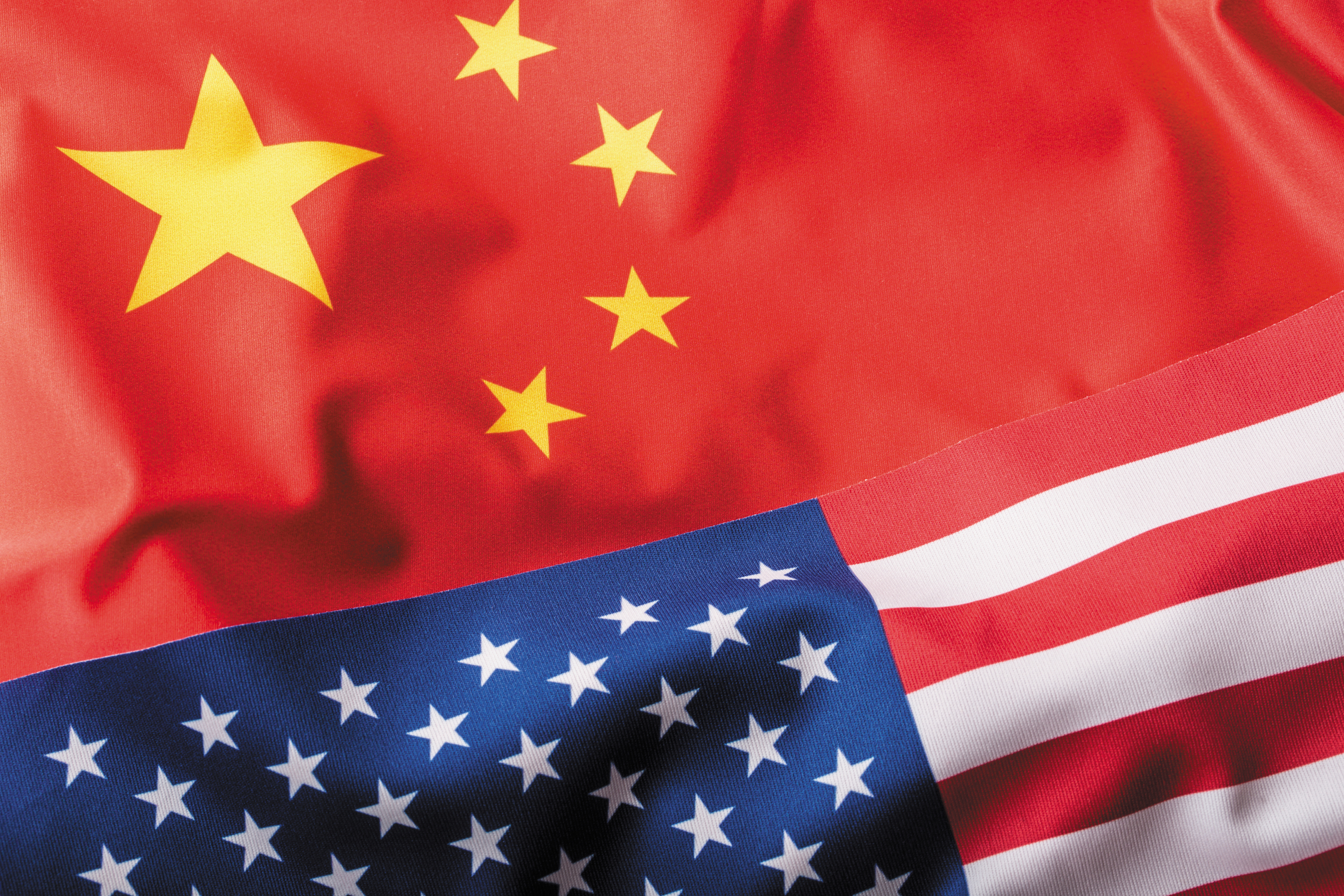
China matches US tariff escalation as EU mulls path forward
Effective from Saturday (12 April) China will raise tariffs on US goods in a tit-for-tat escalation which sees both countries now imposing tariffs of 125% on the other.
The escalation in tariffs has been rapid over the past few days, with China and the US announcing successive retaliatory levies. In its latest move, China has announced today (11 April) that it will be putting up levies on US imports to 125%. This is a rise from its Wednesday (9 April) increase to 84%. The move is a retaliation to the US government’s further increase of tariffs on Chinese imports to 125%.
A staggering 145% levy is expected on some Chinese goods due to an existing 20% tariff on companies which produce the drug fentanyl. The escalation continues amid the Wednesday (9 April) announcement of a 90-day pause of US tariffs on all trading partners with the exception of China. All other trading partners will still be subject to a baseline 10% levy.
The overall picture is still very likely to suppress US consumer demand despite the announced pause. This could be a troubling prospect for US drinks producers as both their domestic and export markets could be affected. The combination of the 125% tariff on China, the manufacturer of around 30% of the world’s goods, as well as the 10% baseline tariffs, means the effective tariff rate within the US is approximately the same as it was on Wednesday morning, before Trump announced the 90-day pause. This means the present tariffs are still likely to increase the cost of goods in the US and knock consumer confidence.
The European drinks world also waits with bated breath to see how the unfolding trade war could affect the industry. The European Union (EU) announced on Thursday (10 April) a 90-day pause on its planned retaliatory tariffs against the US.
The first phase of the EU tariffs against the US was set to involve a 25% levy on some US goods and was due to take effect on 15 April. The only country in the 27-nation bloc to say they would vote against this first stage was Hungary.
A second and third raft of EU levies, containing more substantial measures, was planned to be implemented on 16 May and 1 December 2025 respectively. The EU tariffs were due to be implemented in this manner thanks to the need for negotiations among the institutions 27 member states. Such negotiations have included the exemption of Kentucky bourbon from any EU counter measures after pressure from France, Italy and Ireland, whose drinks industries were fearful of their entanglement within the trade dispute. This concern was keenly felt after Trump's threat of a 200% levy on EU alcohol exports to the US.
This bureaucratic arrangement differs to the American context where Donald Trump can implement and pause tariffs via executive order.




